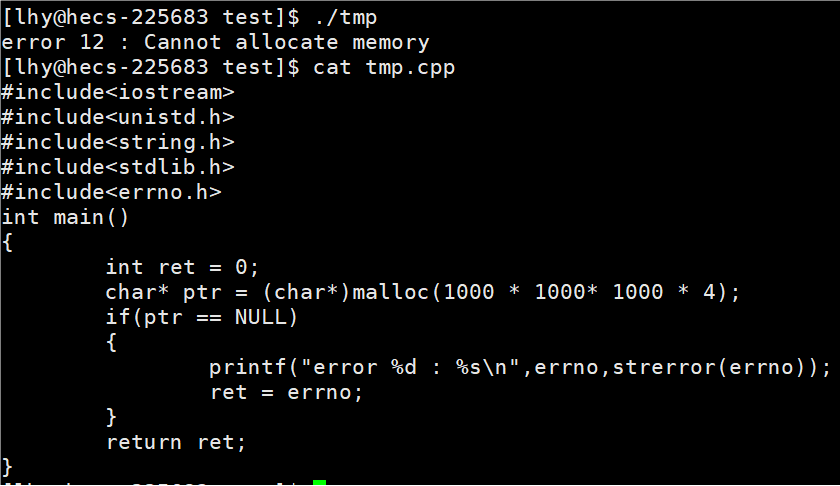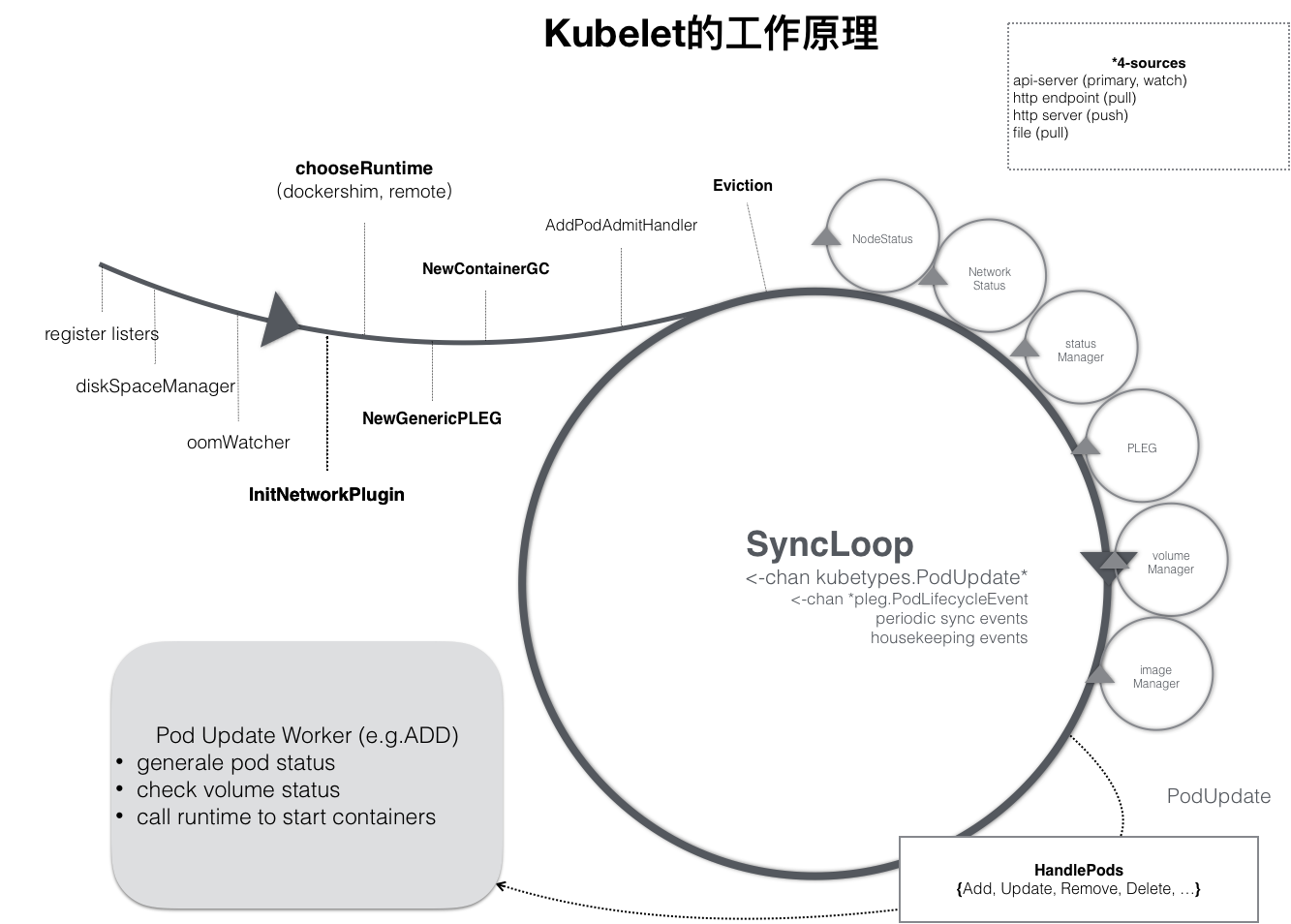一、认证
身份认证,就是判断一个用户是否为合法用户的处理过程。Spring Security 中支持多种不同方式的认证,但是无论开发者使用那种方式认证,都不会影响授权功能使用。因为 SpringSecurity 很好做到了认证和授权解耦。
二、授权
授权,即访问控制,控制谁能访问哪些资源。简单的理解授权就是根据系统提前设置好的规则,给用户分配可以访问某一个资源的权限,用户根据自己所具有权限,去执行相应操作。
2.1权限管理核心概念
我们得知认证成功之后会将当前登录用户信息保存到Authentication 对象中,Authentication 对象中有一个getAuthorities() 方法,用来返回当前登录用户具备的权限信息,也就是当前用户具有权限信息。该方法的返回值为 Collection<?extends GrantedAuthorit,当需要进行权限判断时,就回根据集合返回权限信息调用相应方法进行判断。
2.2 GrantedAuthority 解释
那么问题来了,针对于这个返回值 GrantedAuthority 应该如何理解呢? 是角色还是权限?
我们针对于授权可以是 基于角色权限管理 和 基于资源权限管理 ,从设计层面上来说,角色和权限是两个完全不同的东西: 权限是一些具体操作,角色则是某些权限集合。如:READ_BOOK 和 ROLE_ADMIN 是完全不同的。因此至于返回值是什么取决于你的业务设计情况:。基于角色权限设计就是: 用户 => 角色 => 资源 三者关系 返回就是用户的 角色。基于资源权限设计就是:用户e=>双限<=>资源”三者关系 返回就是用户的 权限。基于角色和资源权限设计就是: 用户角色<>权限<>资源 返回统称为用户的 权限为什么可以统称为权限,因为从代码层面角色和权限没有太大不同都是权限,特别是在Spring Security中,角色和权限处理方式基本上都是一样的。唯一区别 SpringSecurity在很多时候会自动给角色添加一个 ROLE_前缀,而权限则不会自动添加。
2.3 权限管理策略
Spring Security 中提供的权限管理策略主要有两种类型:
1)、基于过滤器(URL)的权限管理(FilterSecurityinterceptor)
基于过滤器的权限管理主要是用来拦截 HTTP 请求,拦截下来之后,根据 HTTP 请求地址进行权限校验。
2)、基于AOP 的权限管理 (MethodSecurityinterceptor)
基于AOP 权限管理主要是用来处理方法级别的权限问题。当需要调用某一个方法时,通过AOP 将操作拦截下来,然后判断用户是否具备相关的权限。
2.3.1 基于URL 权限管理
在配置中写死,/** 需要有xx角色或者权限才能访问
2.3.1.1 准备工作
1)pom.xml 依赖包
2)测试controller
3)security 配置
我们在controller中创建了三个方法,分别为
/adminInf 这个url(可以匹配 /adminInf. /adminInf/ /adminInf.htm 等等)需要拥有admin的角色才能访问
/rootInf 这个url 需要拥有root的角色才能访问
/getUser 这个url 需要拥有read:user的权限才能才能访问
2.3.1.2 security 配置
@Configuration
public class SecurityConfig extends WebSecurityConfigurerAdapter {/*** 定义自己的userDetail**/@Beanpublic UserDetailsService userDetailsService() {InMemoryUserDetailsManager im = new InMemoryUserDetailsManager();im.createUser(User.withUsername("admin").password("{noop}123").roles("admin","root").build());im.createUser(User.withUsername("root").password("{noop}123").roles("root").build());im.createUser(User.withUsername("test").password("{noop}123").authorities("read:user").build());return im;}@Overrideprotected void configure(AuthenticationManagerBuilder auth) throws Exception {auth.userDetailsService(userDetailsService());}@Overrideprotected void configure(HttpSecurity http) throws Exception {http.authorizeRequests().mvcMatchers("/adminInf").hasRole("admin") // /adminInf 这个url下面必须有 admin的角色才能访问.mvcMatchers("/rootInf").hasAnyRole("admin","root") // /rootInf 这个url下面 有 admin 或者root 角色均可以访问.mvcMatchers("/getUser").hasAnyAuthority("read:user") // /getUser 这个url 下面必须有 read:user 这个权限才能访问.anyRequest().authenticated().and().formLogin()// 开启form表单登录.and().csrf().disable();}
}2.3.1.3 测试controller
@RestController
public class HelloController {@GetMapping("/getUser")public String getUser() {return "userinfo authority ok ";}@GetMapping("/adminInf")public String admin() {return "admin role ok ";}@GetMapping("/rootInf")public String root() {return "root role ok ";}
}2.3.1.4 测试结果
1)、当我们登录admin 的用户时候访问,因为getUser没有配置权限,所以不能访问



2)、当我们登录test 的用户时候访问,因为rootinfo/ adminInfo没有配置角色,所以不能访问



2.3.1.5 基于多种匹配规则
MvcMatchersAuthorizedUrl 、mvcMatchers 基于mvc 的匹配规则
/test 可以匹配 /test. /test/ /test.h... 多种
org.springframework.security.config.annotation.web.AbstractRequestMatcherRegistry#antMatchers(java.lang.String...)
.antMatchers() 早期 4.0 之前使用,基于全路径匹配
/test 只能匹配 /test 这个路径下的方法
从用法上来看两个使用基本没有区别,区别主要是在于匹配的路径上,mvc 可以匹配范围更广,ant 是全匹配
org.springframework.security.config.annotation.web.AbstractRequestMatcherRegistry#regexMatchers(java.lang.String...) 基于正则方案,当我们写一个正则表达式就可以

2.4 基于方法的权限管理
基于方法的权限管理主要是通过AOP 来实现的,Spring Security 中通过
MethodSecuritvInterceptor 来提供相关的实现。不同在于Filter Security interceptor 只是在请
求之前进行前置处理,MethodSecuritvinterceptor 除了前置处理之外还可以进行后置处理。
前置处理就是在请求之前判断是否具备相应的权限,后置处理则是对方法的执行结果进行二
次过滤。前置处理和后置处理分别对应了不同的实现类。
2.4.1 开启注解支持
@EnableGlobalMethodSecurity
1)、perPostEnabled: 开启 Spring Security 提供的四个权限注解,@PostAuthorize
@PostFilter、@PreAuthorize 以及 @PreFilter。
2)、securedEnabled: 开启 Spring Security 提供的 @Secured 注解支持,该注解不支持权限表达式
3)、jsr250Enabled:开启JSR-250 提供的注解,主要是@DenyAll、@PermitAll、@RolesAll 同
样这些注解也不支持权限表达式
# 以上注解含义如下:
- @PostAuthorize: 在日标方法执行之后进行权限校验。
- @PostFiter: 在目标方法执行之后对方法的返回结果进行过滤。
- @PreAuthorize: 在目标方法执行之前进行权限校验。
- @PreFiter: 在日标方法执行之前对方法参数进行过滤
- @secured: 访问目标方法必须具各相应的角色
- @DenyA11: 拒绝所有访问。
- @PermitA1l: 允许所有访问。
- @RolesAllowed: 访问目标方法必须具备相应的角色
这些基于方法的权限管理相关的注解,一般来说只要设置 prePostEnabled=true 就够用了
2.4.2 权限表达式

2.4.3 角色权限实战
1) :
/**
* 登录用户必须是 admin 而且角色必须是 ADMIN
* @return
*/
@PreAuthorize("hasRole('ADMIN') and authentication.name == 'admin'")
@RequestMapping("hello")
public String hello() {
return "hello";
}

2)、
/**
* 登录的用户名必须和传过来的用户名一致才能通过 spe 表达式
* @param username
* @return
*/
@PreAuthorize("authentication.name == #username")
@RequestMapping("username")
public String username(String username) {
return "hello:" + username;
}

3)、
/**
* 过滤 users 对象里面的属性 id % 2 的数据,保留 不能整除的
* users 必须是一个集合,否则没法过滤 filterObject 固定写法
* @param users
* @return
*/
@PreFilter(value = "filterObject.id % 2 != 0",filterTarget = "users")
@RequestMapping("users")
public String addUser(@RequestBody List<SecurityUser> users) {
System.out.println(users);
try {
String userStr = new ObjectMapper().writeValueAsString(users);
return userStr;
} catch (JsonProcessingException e) {
e.printStackTrace();
}
return "null ";
}


4、
/**
* 后置过滤 当请求过来的 id值为1的时候,那么就返回,否则就不返回
* @param id
* @return
*/
@PostAuthorize(value = "returnObject.id ==1 ")
@RequestMapping("getUserId")
public SecurityUser getUserId(Integer id) {
return new SecurityUser(id,"lq");
}

5)
/**
* 保留 id % 2 ==0 的数据返回,用来对方法返回值进行过滤
* @return
*/
@PostFilter(value = "filterObject.id %2==0 ")
@RequestMapping("getAllUser")
public List<SecurityUser> getAllUser() {
List<SecurityUser> userList = new ArrayList<>();
IntStream.rangeClosed(0,10)
.forEach(index -> userList.add(new SecurityUser(index,"lq-"+index)));
return userList;
}

jsr250 使用比较少的,因为功能比较单一
/*** 只能判断角色,而且需要自己加前缀 ROLE_ 当前用户必须有 ADMIN 权限才能查看* @return*/
@Secured({"ROLE_ADMIN"})
@RequestMapping(value = "getUser1")
public SecurityUser getUser1() {return new SecurityUser(1,"lisi");
}/*** 判断用户有 ADMIN或者 ROOT 角色就可以访问* @return*/
@Secured({"ROLE_ADMIN","ROLE_ROOT"})
@RequestMapping(value = "getUser2")
public SecurityUser getUser2() {return new SecurityUser(1,"王五");
}/*** 所有的用户都可以访问* @return*/
@PermitAll
@RequestMapping(value = "permitAll")
public String perAll() {return "permitAll ok ";
}/*** 所有的用户都拒绝访问* @return*/
@DenyAll
@RequestMapping(value = "denyAll")
public String denyAll() {return "denyAll ok ";
}/*** 判断用户有 ADMIN或者 ROOT 角色就可以访问* @return*/
@RolesAllowed({"ROLE_ADMIN","ROLE_ROOT"})
@RequestMapping(value = "rolesAllowed")
public String rolesAllowed() {return "rolesAllowed ok ";
}
三、授权原理分析
3.1 AccessDecisionManager
(访问决策管理器),用来决定此次访问是否被允许

3.2 AccessDecisionVoter
(访问决定投票器),投票器会检查用户是否具备应有的角色,进而投出赞成、反对或者弃权票。
 AccesDecisionVoter和AccessDecisionManager 都有众多的实现类,在 AccessDecisionManager 中会换个遍历 AccessDecisionVoter,进而决定是否允许用户访问,因而 AaccesDecisionVoter 和 AccessDecisionManager 两者的关系类似于 AuthenticationProvider 和ProviderManager 的关系。
AccesDecisionVoter和AccessDecisionManager 都有众多的实现类,在 AccessDecisionManager 中会换个遍历 AccessDecisionVoter,进而决定是否允许用户访问,因而 AaccesDecisionVoter 和 AccessDecisionManager 两者的关系类似于 AuthenticationProvider 和ProviderManager 的关系。
3.3 ConfigAttribute
用来保存授权时的角色信息

在 Spring Security 中,用户请求一个资源(通常是一个接口或者一个 Java 方法)需要的角色会被封装成一个 ConfigAttribute 对象,在configAttribute 中只有一个 getAttribute方法,该方法返回一个 Strng 字符串,就是角色的名称。一般来说,角色名称都带有一个 ROLE_前缀,投票器 AccessDecisionVoter 所做的事情,其实就是比较用户所具各的角色和请求某个资源所需的 ConfigAtuibute 之间的关系。
3.4 核心类 FilterSecurityInterceptor

3.4.1 源码
org.springframework.security.web.access.intercept.FilterSecurityInterceptor
org.springframework.security.web.access.intercept.FilterSecurityInterceptor#invoke
org.springframework.security.access.intercept.AbstractSecurityInterceptor#beforeInvocation
org.springframework.security.web.access.intercept.DefaultFilterInvocationSecurityMetadataSource#getAttributes
org. springframework.security.access.intercept.AbstractSecurityInterceptor#attemptAuthorization

3.4.2 SecurityMetadataSource
后期可以实现这个类,自定义过滤规则,我们下一章讲解动态从数据库如何配置,以及重写这个类的实现


四、我们自己的角色如何放进去
我们通过参考
org.springframework.security.core.userdetails.User 类中的roles方法

4.1 代码实现
// 获取权限信息 todo:后期从数据库查询
List<String>perList=Arrays.asList("new:query", "news:delete");
#角色 我们将这两个角色加上前缀
List<String>roles=Arrays.asList("ADMIN","USER");
List<String>roleList=roles.stream().map(r ->"ROLE_"+ r).collect(Collectors.toList());
perList.addAll(roleList);
LoginSessionUserInf loginSessionUserInf=new LoginSessionUserInf(tUserInf, perList);





















